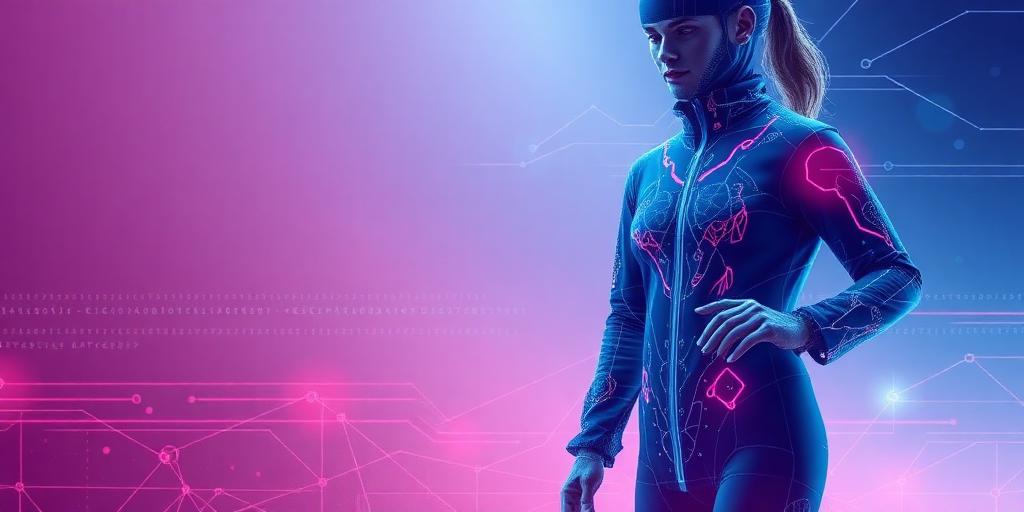The Future of Smart Clothing and Its Lifestyle Applications
Smart clothing, also known as e-textiles, represents a fusion of technology and apparel, embedding computing elements directly into fabrics. This emerging field is rapidly evolving, promising to revolutionize how we interact with technology in our daily lives. Let's explore the potential future of smart clothing and its diverse lifestyle applications.
What Is Smart Clothing?
Smart clothing incorporates miniature electronic components such as sensors, microcontrollers, and communication modules into textiles. These components enable garments to monitor, analyze, and transmit data related to the wearer's body and environment. Unlike wearable devices such as smartwatches, smart clothing integrates technology seamlessly, providing continuous and unobtrusive monitoring.
Current Applications of Smart Clothing
Today, smart clothing is utilized across various sectors:
- Healthcare: Monitoring vital signs like heart rate, body temperature, and respiratory rate.
- Sports and Fitness: Tracking performance metrics such as muscle activity, speed, and endurance.
- Military: Enhancing soldier safety and performance through environmental and physiological monitoring.
- Fashion: Incorporating aesthetic features like color-changing fabrics and interactive designs.
Future Trends in Smart Clothing
The future of smart clothing is poised for significant advancements:
- Advanced Sensor Technology: Miniaturization and increased sensitivity of sensors will allow more detailed data collection, including sweat analysis and personalized health insights.
- Integration with AI and Machine Learning: AI algorithms will analyze the data collected by smart clothing to provide real-time feedback and personalized recommendations for health, fitness, and lifestyle.
- Energy Harvesting: Development of self-powered smart garments using body heat, solar energy, or kinetic energy will eliminate the need for external batteries.
- Seamless Integration: Fabrics will become more comfortable, flexible, and washable, making smart clothing indistinguishable from conventional garments.
- Customization and Personalization: Consumers will have the ability to customize the functionality and design of their smart clothing, tailoring it to their specific needs and preferences.
Lifestyle Applications
Smart clothing is set to transform numerous aspects of daily life:
- Health and Wellness: Smart garments can provide continuous health monitoring, alerting users and healthcare providers to potential issues early. Personalized fitness programs can be optimized based on real-time physiological data.
- Personal Safety: Smart clothing can detect falls, monitor stress levels, and provide location tracking, enhancing personal safety for children, seniors, and individuals with disabilities.
- Enhanced Communication: Smart textiles can integrate displays and haptic feedback to provide subtle notifications, directions, or communication cues, enhancing connectivity without being intrusive.
- Improved Comfort and Convenience: Smart clothing can automatically regulate temperature, adjust to environmental conditions, and offer customized support and posture correction.
Challenges and Considerations
Despite the immense potential, several challenges need to be addressed:
- Data Security and Privacy: Ensuring the secure storage and transmission of sensitive personal data is crucial.
- Durability and Reliability: Smart clothing must withstand regular wear and washing without compromising functionality.
- Cost: Making smart clothing affordable for the general consumer market is essential for widespread adoption.
- Ethical Considerations: Addressing potential biases in AI algorithms and ensuring equitable access to the technology are critical.
Conclusion
The future of smart clothing is bright, offering a wide range of lifestyle applications that can enhance health, safety, comfort, and convenience. As technology advances and challenges are overcome, smart clothing is poised to become an integral part of our daily lives, seamlessly blending fashion and functionality.









